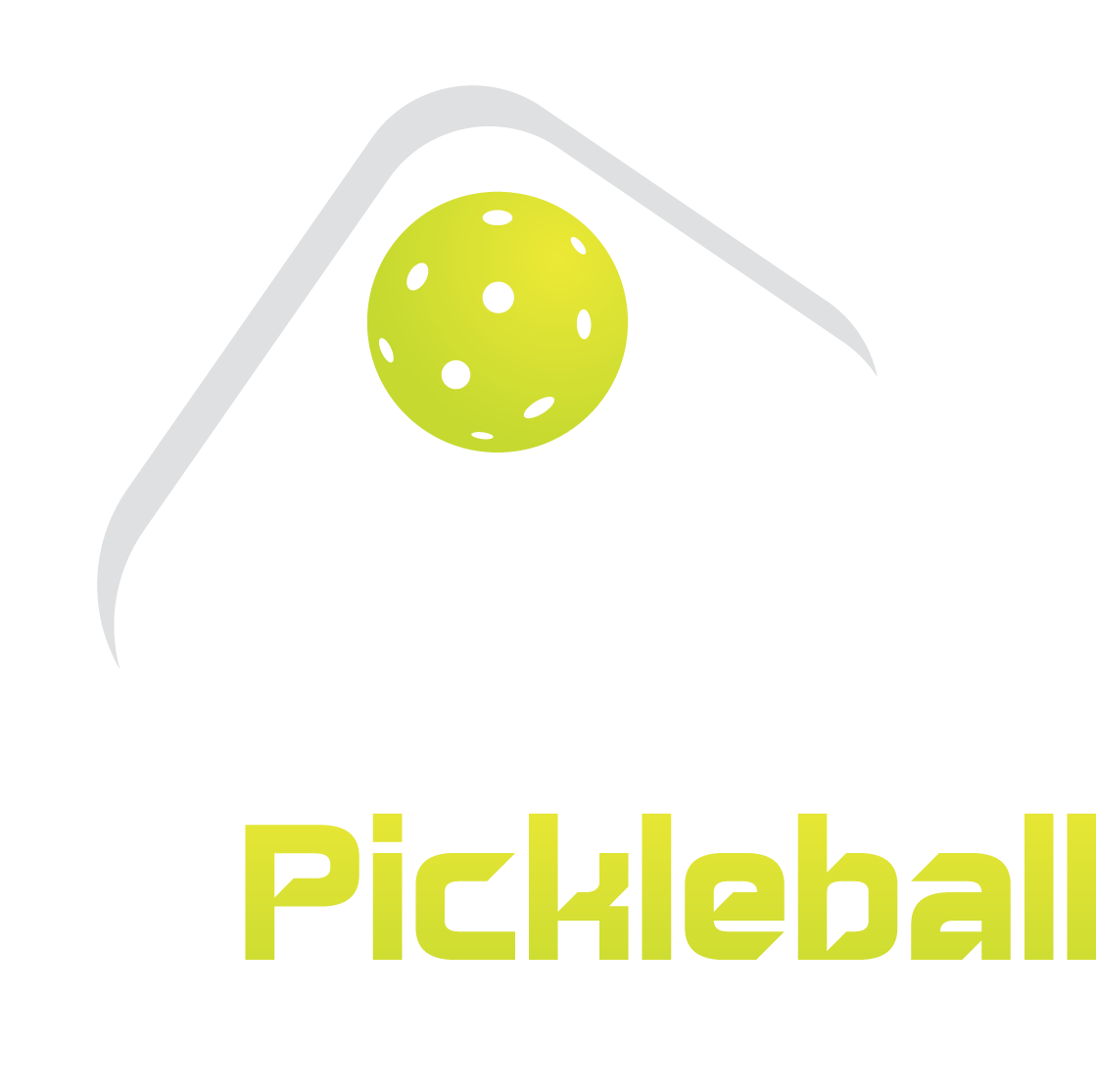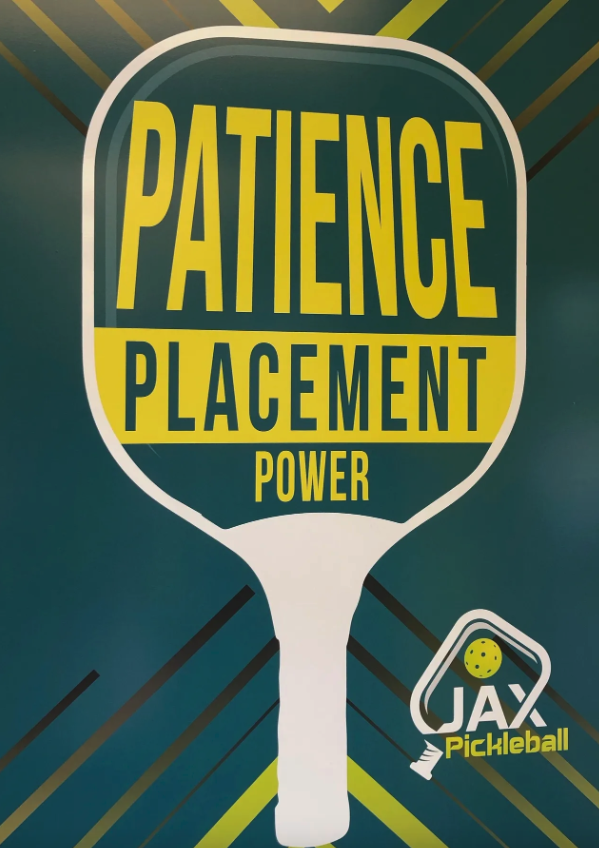Patience. Placement. Power.
I met Verna Griffin the first day I went to Jarboe Park in Neptune Beach to play pickleball. I had played a couple of times at the YMCA in Riverside and was steered to Jarboe by a friendly fellow who had seen my type before.
Though I was easily 10 years younger than the average age of the players at the Y, I was getting my lunch eaten in every match. After three games, I was completely winded while no one else had even broken a sweat. As someone who grew up playing sports and had above average hand-eye coordination, I didn’t understand what the problem was. I mean, how hard could this game be?
Frustrated but determined, I headed out to Jarboe for the first time to work on my game. I was whacking the heck out of that plastic ball only for it to sail way out of bounds—or into the net. When I did get it on track, the ball would go just high enough that it would come back at my feet twice as fast as I’d hit it.
Enter Verna. Ever the epitome of the USA Pickleball Ambassador, she asked me to play with her. Throughout the match, she coached me—with patience and encouragement—from the best way to hold my paddle to where to be on the court. She even helped me announce the score correctly when it was my turn to serve. After another butt-kicking (obviously my fault not hers), Verna imparted some words of wisdom that I will never forget.
She told me to envision the “Three P’s of Pickleball” as if they were written on the face of my paddle: across the top in large letters, the word “Patience,” in smaller letters across the middle “Placement” and in even smaller letters along the bottom “Power.” Always remember them in that order, she said, and always with the same emphasis.
For those of you who don’t know the significance of the “Three P’s,” allow me to elaborate.
“Patience” refers to keeping the ball in play and letting your opponents make a mistake you or your partner can capitalize on.
“Placement” means hitting your shots to a precise spot and with purpose. Hit the ball to the opponent farthest from the kitchen, close to their feet and to their backhand. Vary your shots from side to side and make your opponent move, which creates openings and opportunities for you while minimizing the ability for opponents to attack.
“Power” should be used when you’ve waited until your opponent has played a shot, one you set up with your Patience and Placement, of course, and you’re set up to finish the point. And even then, use just enough power that your shot passes your opponent for a winner.
Here’s hoping your health and the weather are wonderful and you can get out to the courts soon.

